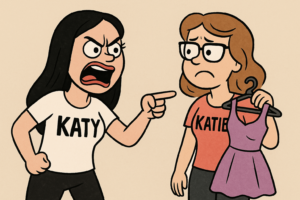How Not to Avoid Copyright Breach

In a podcast earlier this month, pop star Ed Sheeran said that recent copyright disputes have changed how he makes music.
While he has been involved in several copyright disputes where someone has accused him of plagiarising/copying their original music, he says that he has never lost any such claim since 2017, and he puts it down to the fact that he records all of his writing/jam/practice sessions now.
The theory is that if he records the sessions, he has recorded evidence that any music that comes out of the sessions he made up himself and wasn’t a copy of anyone else’s music.
Erm … sorry, Ed – that’s like videoing a road you cross every day to avoid getting hit by a car. You can still get hit, but now it’ll be on video.
Even if you don’t consciously copy someone else’s music during a session, that doesn’t mean that you haven’t actually done so. All you’re doing is recording the moment you incorporated their music into something you play during a session.
You see, you can innocently infringe someone else’s copyright. Any writer/composer will tell you that new music they create, whether in a jam session or otherwise, is always inspired by something – sometimes events, sometimes emotions, and sometimes by music heard recently. If your music is inspired in part by music you heard recently, it’s not a big jump from there to being in breach of copyright.
The legal test is not a subjective one about whether you intentionally copied someone’s music – the test is an objective one involving what a reasonable person would conclude after considering your music, the other music, the various components of each and whether you had the opportunity to copy the other music (for example, is there evidence that you had previously heard the other music?).
This is not a criticism against recording your practice sessions – that’s always a good thing (especially when something catchy comes out of it – you don’t have the problem then to try to remember later what you played) … but it is not a good way to avoid breach of copyright – it’s simply a way to record it.
